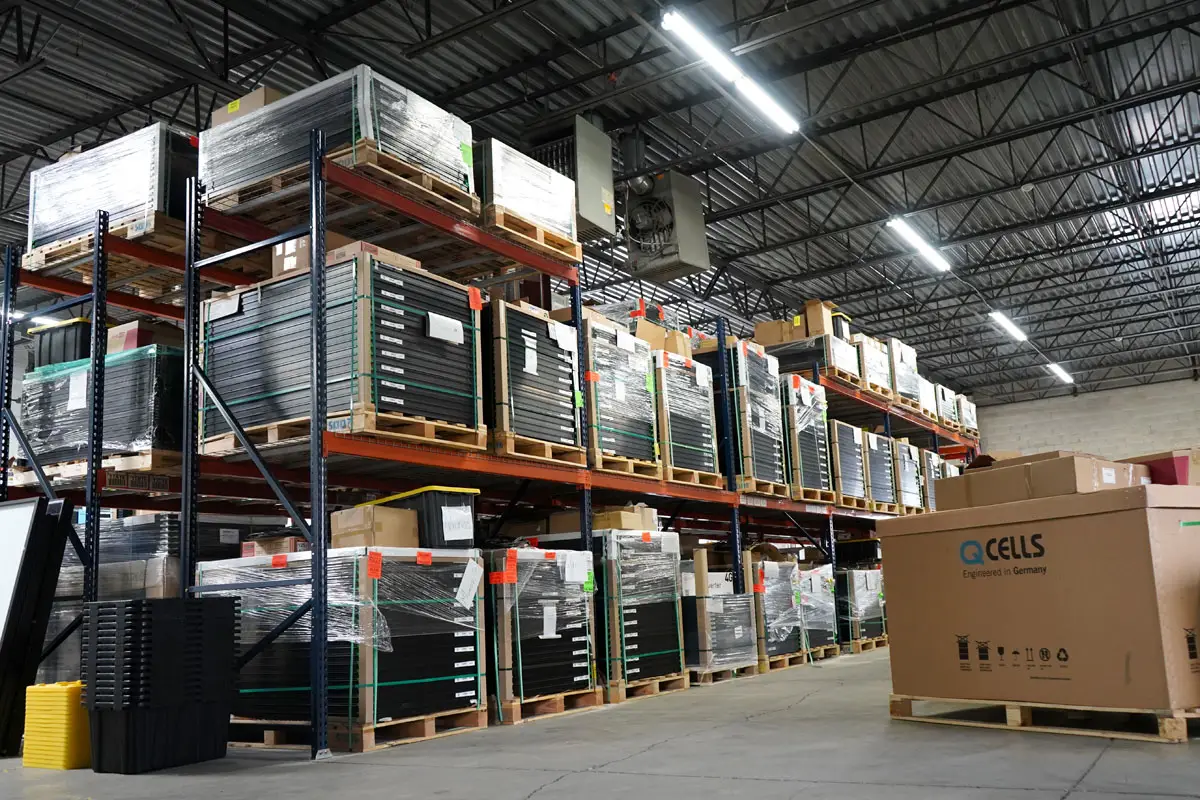Is the solar industry supply chain robust enough for the demand?
The demand for solar energy is increasing rapidly as more and more countries and organisations shift towards renewable energy sources to combat climate change. This has led to a surge in demand for solar panels and other components, which raises the question: Is the solar industry supply chain robust enough to meet this demand?

To answer this question, we must first understand the solar industry supply chain. The supply chain consists of various stages, from raw material extraction and manufacturing to installation and maintenance. The key components of the supply chain include polysilicon, solar cells, modules, inverters, and mounting structures.
The solar industry has experienced significant growth over the past few years, with solar energy becoming one of the fastest-growing sources of renewable energy. In 2020, the global solar power capacity increased by 127 gigawatts, bringing the total capacity to 758 GW. This growth has put a strain on the solar industry supply chain, leading to shortages of critical components and materials.
One of the major challenges facing the solar industry supply chain is the availability of polysilicon, which is a critical raw material used in solar cell manufacturing. The majority of the world’s polysilicon production is concentrated in China, where the government has implemented policies to limit exports to ensure sufficient supply for domestic manufacturers. This has led to a shortage of polysilicon in other regions, including Europe and the United States.
Another challenge facing the solar industry supply chain is the shortage of shipping containers and high freight costs. The COVID-19 pandemic has disrupted global trade, leading to a shortage of shipping containers and causing shipping costs to skyrocket. This has made it more expensive and challenging to transport solar panels and other components from manufacturers to installation sites.
Despite these challenges, the solar industry supply chain has shown resilience and adaptability. Manufacturers are investing in new production facilities and technologies to increase capacity and reduce costs. Some companies are also exploring alternative materials and technologies to reduce their reliance on polysilicon.
In addition, governments and organisations are implementing policies and initiatives to support the growth of the solar industry and address supply chain challenges. For example, the European Union has launched the European Battery Alliance to support the development of a sustainable battery supply chain, which includes the production of raw materials for solar panels and other renewable energy technologies.
In conclusion, while the solar industry supply chain is facing challenges, it is robust enough to meet the current demand for solar energy. Manufacturers and governments are taking steps to address these challenges and support the growth of the industry. However, continued investment and innovation are essential to ensure the long-term sustainability and resilience of the solar industry supply chain.


